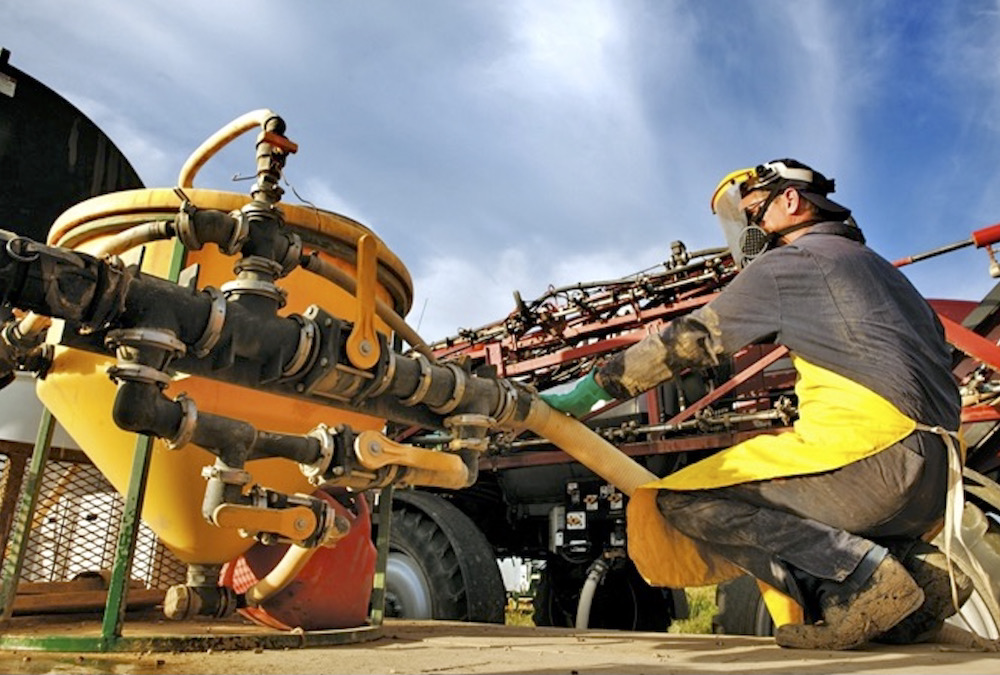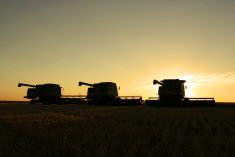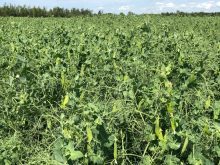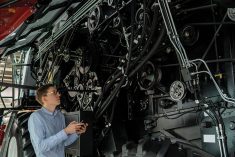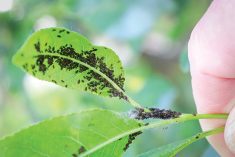Hazards are a reality on the farm. People of all ages who live and work on the farm are exposed to hazards posed by machinery, animals, crop protection products and more. Controlling these hazards so they aren’t a danger to farm residents and workers is key to preventing injuries.
The hierarchy of control is a step-by-step process that can reduce the risk of farm injuries. The hierarchy of control is a simple and effective way of determining what actions will best control the exposure of people to hazards, ensuring the safety of everyone on the farm.
Before a hazard can be controlled it must first be identified. A farm hazard assessment is a great way to identify hazards present on the farm. Asking others to assist with a hazard assessment on your farm also helps identify issues that might otherwise go overlooked.
Read Also

Cancer agency reclassifies another herbicide ‘probably carcinogenic’
The WHO’s cancer research agency has now put atrazine, a herbicide well known to corn growers, in the same potential-hazard category where the agency put glyphosate.
Once a hazard has been identified, the next step is to work through the hierarchy of control to address the situation. The best and most effective way to control a hazard is through elimination. Eliminating the hazard means removing it completely. Eliminating a water hazard, for example, would be filling in an unused well.
It’s not always feasible to eliminate a hazard, so the next best control is substitution. This means replacing the hazard — substituting hazardous materials or machines with less hazardous ones. An example of this is switching out noxious chemicals for safer, less noxious alternatives.
[RELATED] Passionate trainer helps spread awareness about grain safety
Next is engineering controls. This means isolating people from the hazard by designing or modifying facilities, equipment and systems in order to reduce exposure. Fencing off water hazards or installing safety guards on equipment are two good example of engineering controls.
The hierarchy of control also includes administrative controls, which are all about changing how people behave and work around hazards. This means limiting the exposure to the hazard by altering the way work is done. Training and supervision are good examples of administrative controls.
The last — and least effective — level of protection is the use of personal protective equipment (PPE) to reduce exposure to hazards. Steel-toed boots, gloves and other PPE can be used to protect workers when other, more effective controls aren’t possible.
Of course, using a combination of substitution, engineering, administrative and PPE control measures may be the best way to control some hazards. When applying the hierarchy of control to reduce hazard risks, it is important to note controls are most effective when placed at the source. That means where the hazard occurs.
Also, keep in mind that controls should not create new hazards. Making sure the controls are working and that exposure to the hazard is reduced or eliminated is an essential part of hazard control. Control measures should be monitored and reviewed regularly through physical inspections, testing, exposure assessments, and observations and tracking near misses, injuries and illnesses including through worker feedback.
When addressing hazards on the farm, it’s important to use the most effective controls to keep risks as low as possible. Identifying hazards, implementing controls and evaluating the effectiveness of controls will all help build safer, more productive farms.
For more information about farm safety, visit casa-acsa.ca.

